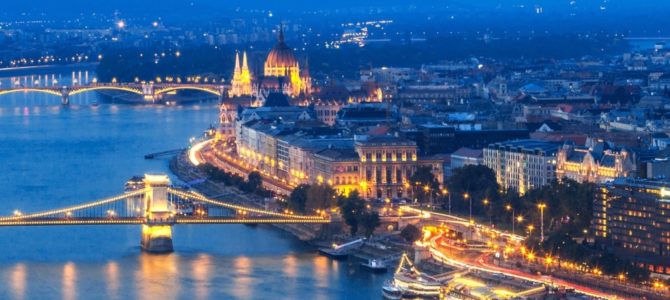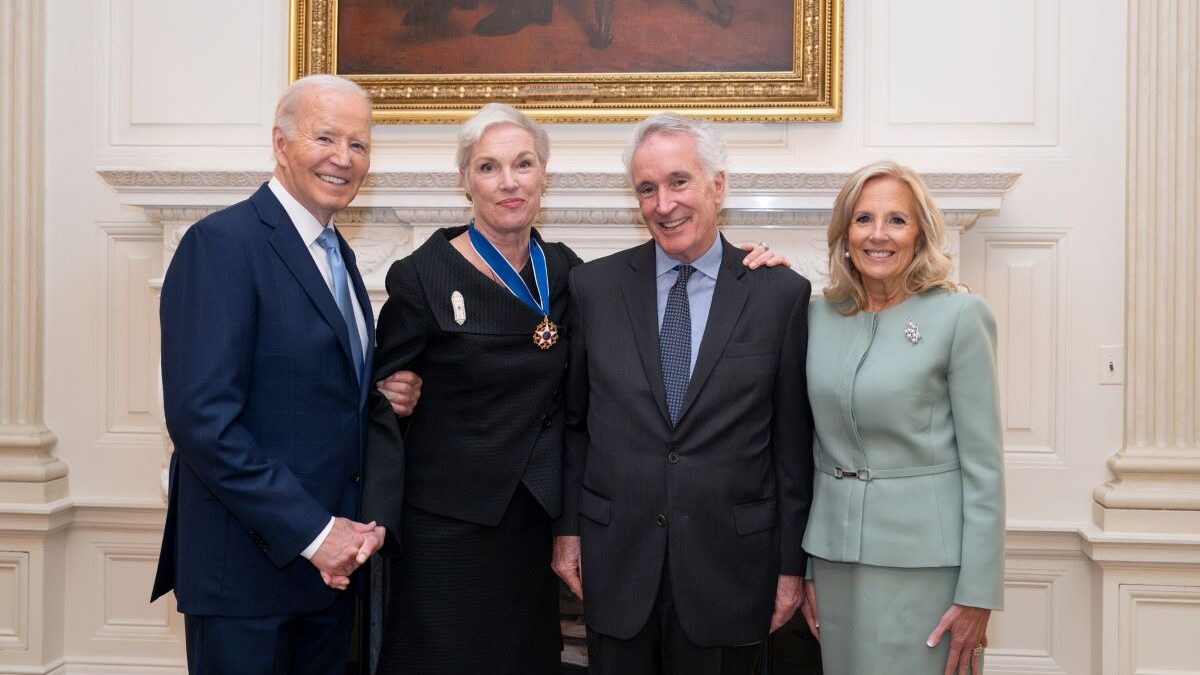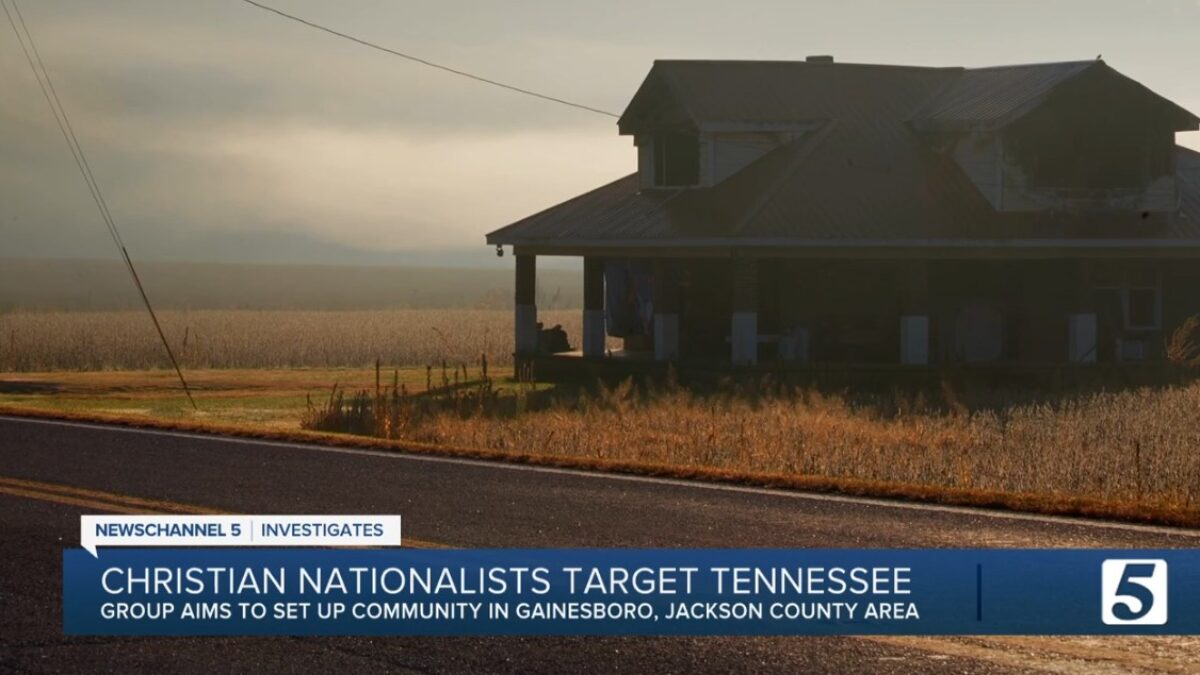
There is no greater public expression of ideology, culture, or society than the architecture that we live with and see daily. President Trump acknowledged this with his executive order to “Make Federal Buildings Beautiful Again.” Britain also notes its importance with the inception of the “Building Better, Building Beautiful Commission.”
Surprisingly, such attempts to restore and revive classical architecture have spawned a culture war in the field of architecture. Within 100 days of taking office, Joe Biden has already rescinded President Trump’s executive order, striking a victory for modernist and brutalist architectural designs.
This battle, in which classicists argue for more Western-classical buildings instead of contemporary styles, is unique amongst other cultural struggles. Why? Because, at least in this case, “conservatives” are on the offensive.
In the field of architecture, traditionalists are the revolutionaries fighting against the entrenched beliefs and notions of modern architecture. Yet the classical traditionalists also, according to recent polls, can boast vast popular support.
Despite these advantages, however, those who argue for a return to classical buildings face legitimate questions and problems. Primarily, what does a practical program look like, and what benefits does it bring? I discovered such a program when I arrived in Budapest to work at the Committee of National Remembrance, an independent research institution established by the Hungarian Parliament in 2013 that researches Hungary’s communist period.

Since 2010, Hungary’s government, led by Prime Minister Viktor Orbán, has launched a program to restore much of Budapest’s classical architecture. For the past decade, a flurry of construction, reconstruction, and refurbishment have transformed Hungary’s capital on a scale unseen in most western cities. This ambitious crusade, as well as the story of Budapest and Hungary itself, serves as a lesson on the importance of architecture.
Budapest is a relatively young city. Originally, it was comprised of three separate towns divided by the Danube: Óbuda, Buda, and Pest. Spurred by the Industrial Revolution and political independence within the Austro-Hungarian Empire, it exploded in size during the late 1800s and the two cities of Buda and Pest were merged into the bustling capital of the Kingdom of Hungary.
This period was the zenith of classical and neo-classical architecture. It resulted in Budapest’s development as a city of abundant beauty, earning it the moniker of the “Paris of the East.” Its architectural treasures, unfortunately, would not last long.
During World War II, Budapest was devastated when more than 70 percent of the city was destroyed. This tragedy was worsened by the establishment of a Soviet puppet regime in 1948.

In this new regime, it was necessary that architecture, as with every other aspect of society, reflect the atheistic and utilitarian values of Communism. Metaphysical values such as beauty had no purpose in the communist world, and the buildings soon reflected that. This harsh reality was formalized by Nikita Khrushchev in 1954 when he criticized architects in the Soviet bloc for building structures that were “resembling a church or museum” and insisted that traditional beauty was “superfluity.”
Within the city, large, towering monoliths of concrete filled the void of destroyed buildings. Outside of the city center, block after block of identical apartment buildings were built, dominating Budapest’s skyline. This aesthetic change reflected the political and social change the communists forced upon Hungary. The old was to be rejected, and in its place would be a modern worker’s paradise.
The result was devastating. Budapest and the rest of Hungary were filled with unflattering, prefabricated, and soulless structures that permeate the landscape to this day.

Unfortunately for Khrushchev, the cheap buildings did little to help Hungary’s ailing economy and in 1989, the regime fell along with the rest of the Soviet satellite states. The fall of Communism, however, failed to usher in a restoration of the original landscape of Budapest, hampered by the fact Hungary was often governed by MSZP, the successor to Hungary’s Communist Party.
In 2010, this finally changed. After the newly elected center-right Fidesz-KDNP party added architecture to their agenda, the result has been a remarkable program of reconstruction throughout Budapest, restoring many buildings, squares, and areas to their pre-Soviet form.
This restoration effort is exemplified by the recent changes to Kossuth Square and the Buda Castle district. From a political standpoint, both areas are important sites to Hungary’s political structure.
Kossuth Square contains the grandiose Országház, the location of Hungary’s parliament, as well as other key government offices and some of Hungary’s most important monuments. Across the Danube from Kossuth Square is the Buda Castle district which was the traditional power base of the Habsburg dynasty, but now holds both the office of Hungary’s President and Prime Minister.
Before 2010, Kossuth square was in a relatively poor shape. The Országház’s exterior was notably blackened. Many of the statues that had surrounded the building before the Soviet occupation were either torn down or not rebuilt due to their offensiveness to communist ideology. To top it off, the center of the square was dominated by a parking lot.
The new government vowed to restore the square to its original style. It rebuilt several of the monuments, turned the parking lot back into a proper square, cleaned the Parliament building, rebuilt the missing monuments, and restored the communist-era buildings in the square into their original design.


On the other side of the Danube, the Buda Castle district is undergoing similar renewal through the Nemzeti Hauszmann Program. The program, named after Alajos Hauszmann, who designed much of the district, entails the reconstruction of several buildings which were destroyed during World War II along with countless facades, statues, and other structures being returned to their original style.
Although 10 years is still a relatively short time, especially for construction, traditionalists can look at this progress and see several promising outcomes and principles.
The expenses of reconstruction are well worth the cost. Hungary has seen an explosion of tourism following its efforts to beautify Budapest. This should not be surprising; beautiful architecture is a key component of international tourism.
Americans pay thousands of dollars every summer to fly to Europe, visiting Paris, Venice, and London — and now Budapest — to see architecture that is largely absent in American cities. The cost that is incurred through these building projects will be paid back by the thousands of people who flock to see the finished project.
Tourism, however, should not be the justification nor reason to build these buildings, but merely a pleasant compensation. Instead, there are deeper benefits to reap from a public space filled with classical beauty.
Restoring and maintaining traditional architecture affirms the uniqueness and character of the city, town, or landscape that it occupies. Unlike modern architecture, which usually lacks character, classical architecture proudly asserts the identity and pride of the people it represents.
Classical architecture is unapologetically Western in design, which pays direct homage to the Roman and Greek origins of our culture. This is especially the case in Hungary; rebuilding Budapest is akin to reasserting its Hungarian identity that was repressed by 40 years of communist rule. Hungary has confirmed its allegiance to Western culture and national sovereignty through this architectural revival.

There is, however, also a spiritual aspect to architectural beauty. Historically, church buildings were often the most extravagant and beautiful structures in any Western town. Although this is often lambasted as excess, it reflects a deeper meaning.
Beauty can only be understood in spiritual terms and is evidence of a higher power in the universe. It is a rejection of the atheistic outlook on life, which is exactly what led the communists to reject beautiful architecture.
When staring at the true beauty that classical architecture is imbued with, one is given a sense of metaphysical awe and wonder. I have had many atheist friends humbled into reverent silence by the beauty of European churches. Restoring genuine beauty in our cities goes hand in hand with any attempt to revive a spiritual nature amongst a people.
It is also important to note that, unlike many supposed “public goods,” public beauty can truly be enjoyed by everyone, from the poorest to the richest. Throughout the last year, despite theatres, restaurants, and concerts being closed, I have always been able to walk the Danube and enjoy the beauty the Hungarian nation has built here. It is a beauty that is too often lacking in people’s lives and should be pursued with the vigor of Hungary’s current government.

The experiment of beautifying Budapest, and the subsequent lessons learned from it, can and should be applied to the rest of the Western world. While those outside the Iron Curtain did not have modern architecture forced upon them, they have still been subjected to the same nihilistic architecture that rejects any notion of beauty, tradition, or culture.
President Biden’s quick rejection of classical architecture has made it clear that public beauty will have to be won at the ballot box. We should work to reclaim our architectural heritage from the modernists and strive to make our cities beautiful again.








